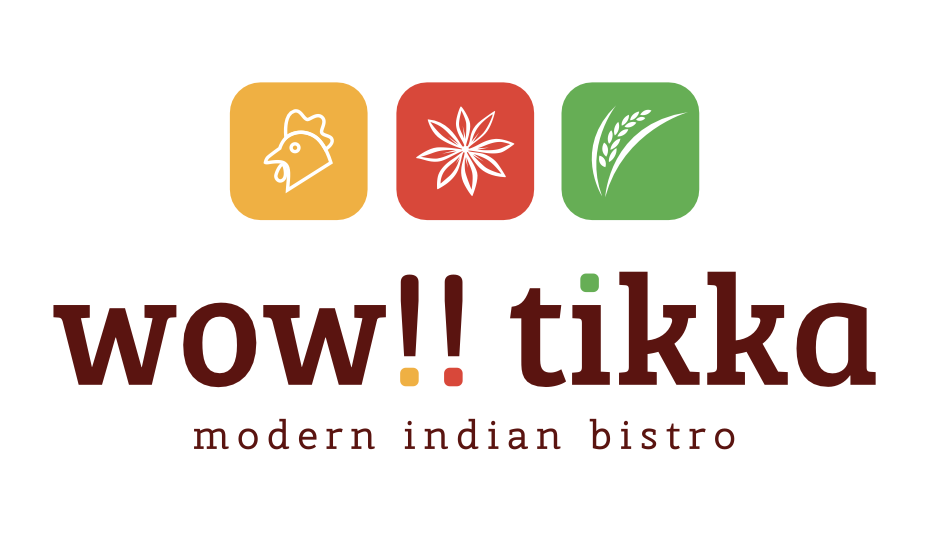A steaming cup of fragrant chai is just a permanent fixture in any Indian home. Every home in India has a different version of this brew, some sweeter, some stronger, some with more milk, some with more water… the one thing that does unite this diverse population is the love for this so called elixir of life.
It is interesting to know, that while Assam is among the oldest tea growing regions in the World, it wasn’t until the early 1920’s that Indians started favoring this beverage. Today, Chai is not only sold in every street corner, it is still very valued for its medicinal properties. The typical terms associated with chai are fresh, energized, invigorated, & revitalized. All of these probably stem from the core function that tea served in its early days – a medicinal herb.
The popularity of Tea or Chai is a gift from the British Colonial rule, which encouraged the cultivation and production of Tea to counter the dependence on China. In the mid 1800’s, tea production was completely with China. The British realized that they needed a quick alternative supplier to get control of the of this immensely popular trade item. They developed the tea gardens in Assam where tea had been growing in the wild for ages. Today, India is the world’s second largest tea producer.
The two most popular teas from India are Assam Tea and Darjeeling Tea. Both these have a GI tag. It is interesting that while Darjeeling tea and most other varieties of tea are grown in the highlands, Assam tea is grown in the lowlands.
The tea gardens of Assam, in fact unofficially follow a different time zone from the rest of India called ‘Bagan Time’ (Bagan meaning Garden). This different time zone takes advantage of the early sunrise and affords additional hours of work on the tea estates.

White, Yellow, Green, Oolong, Black, tea can be of many varieties. The one that is used extensively to make Masala Chai is black tea, or more specifically the CTC tea. CTC stands for Crush (or Cut), Tear Curl is a processing technique that is most commonly used for Black tea. This process enhances the brew color and retains nutrients like Polyphenols that contribute to the therapeutic effect of tea. Chai has been associated with lower incidence of strokes and sometimes helps lower blood pressure.
The simplest way to brew Chai is to drop a generous spoonful of tea leaves in boiling water with some sugar; the boiled brew forms the base decoction and is diluted with milk to make Chai. Masala Chai is this same brew but with ‘masala’ added to it. Typically Cardamom pods and fresh ginger forms the masala to flavor chai, but each home has its own version of it, ranging from the basic cardamom & ginger to added black pepper, cinnamon, cumin, aniseed, mint, holy basil and the list goes on…Some homes have their own powdered version of the masala that is added to the chai to give it the right flavor each time.
Milk plays an important role in Masala Chai…. It balances the strong flavor of the brew and gives the chai a mellow taste. Usually, Masala chai is brewed completely in milk, but a lot of people prefer their chai brewed with half, a third or a quarter of milk mixed with water. This is normally served sweetened with sugar being the most commonly used sweetener these days, but traditionally jaggery was used to sweeten masala chai. Jaggery is traditional non centrifugal cane sugar from the Indian subcontinent that is made from date sap, palm sap or cane juice. Chai is sometimes sweetened with honey, especially when it is served without milk – just the decoction brewed with spices.
In Ayurveda (the Ancient science of life from India), each of these ingredients – jaggery, cardamom, ginger, milk, etc., has it individual therapeutic properties that come together to from a healing brew.

It’s a common site in India to find little shacks with a blackened saucepan on a makeshift stove, bubbling away with its aromatic contents. Traditionally chai was served in little earthenware cups. These cups have now been replaced by plastic cups. In Mumbai and other big cities in India, you can find ‘Chaiwalas’ weaving through pedestrians and or traffic and at train stations with a giant aluminum kettle in one hand and a wire carrier with little glasses for the Chai in the other. A little wad of newspaper stuck in the spout of the kettle keeps the hot liquid from sloshing around. Deftly, these young boys pour out the steaming brew into precariously balanced glasses that are sold for a few cents. It is interesting to note that the current Prime Minister of India started from very humble beginnings. His father owned a Tea stall and as a young man, Mr. Modi has been known to serve chai at his father’s stall.
Whether enjoyed on a street corner or at home, masala chai is definitely the ultimate pick me up!!
Source:
Wikipedia
